If you own a leopard gecko, you know the importance of providing them with the right environment to ensure their overall wellness.
One crucial aspect of their habitat is the wet hide. But what exactly is a wet hide, and why is it essential for your leopard gecko?
In this post, we will answer all your questions relating to leopard gecko wet hide. From understanding the significance of proper hydration and shedding to the components needed for a functioning wet hide enclosure, we have got you covered.
We will also provide you with tips on how to set up and maintain a clean and hygienic environment in your wet hide.
Besides, we will discuss some common mistakes that leopard gecko owners make when setting up their gecko wet hide and how to avoid them. So let’s go into the topic and create a perfect environment for your beloved pet!
How Often Should I Change The Substrate In My Leopard Gecko’s Wet Hide? For optimal hygiene and the well-being of your leopard gecko, change the substrate in the wet hide every two weeks. This routine helps maintain a clean and comfortable environment, minimizing the risk of infections and ensuring a healthy and contented pet. Regular substrate changes contribute to the overall care and happiness of your leopard gecko.
Brief Overview Of Leopard Gecko Wet Hide
Creating a comfortable wet hide for your leopard gecko is crucial for their good health. A wet hide, usually containing damp moss, aids in shedding and provides a humid retreat.
Place it strategically within their enclosure, ensuring easy access. Maintaining optimal humidity levels contributes to your gecko’s overall health, making the wet hide an essential element in their habitat setup.
Keep an eye on the substrate’s moisture to ensure a cozy and suitable environment for your leopard gecko.
Leopard Gecko Humidity Hide
Suitable humidity levels are essential for leopard gecko health and shedding. Habitually monitor and maintain ideal humidity within their enclosure. Specific humidity is needed for their shedding process, impacting their overall health.
Gecko Humid Hide
Creating an optimal environment for leopard gecko shedding, the gecko’s humid hide aids in relieving stress and ensures exact moisture levels. It provides a comfortable space essential for maintaining the humidity required for shedding their skin.
The humid hide helps leopard geckos shed their skin comfortably. It’s also important when geckos lay eggs. The moist hide provides a cozy spot for leopards to lay their eggs safely, taking care of the gecko and the baby geckos-to-be.
Hot Hide For Leopard Gecko
Providing a warm hiding spot, aiding in regulating body temperature, and creating a comfortable basking area, the hot hide for leopard geckos is essential for thermoregulation and maintaining a thermal gradient in the enclosure.
Cool Hide For Leopard Gecko
Providing a refuge from high temperatures, the cool hide for leopard geckos is essential for their comfort and welfare. It helps prevent heat stress and offers a place to escape from excessive warmth, maintaining optimal health.
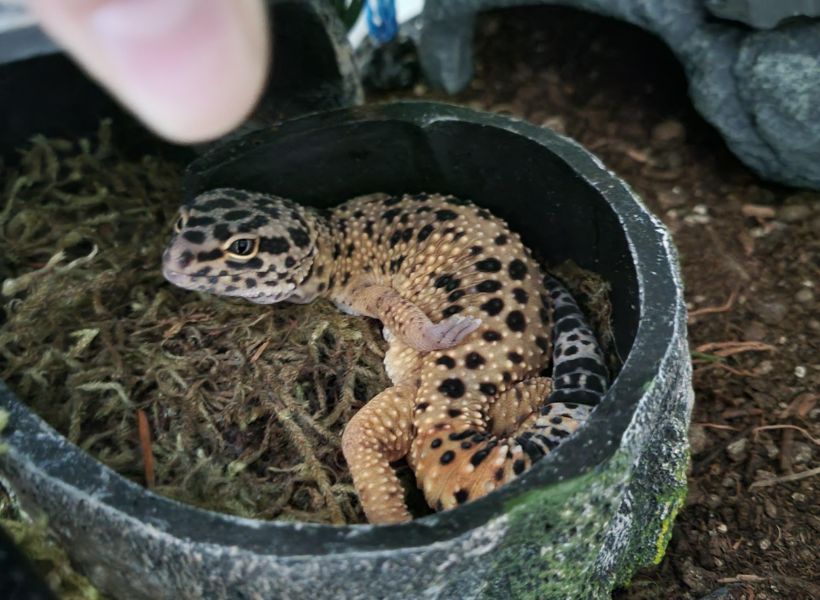
Purpose Of The Wet Hide Is To Provide Humidity And Aid Shedding
The wet hide serves a vital purpose in a leopard gecko’s enclosure by offering a humid space that aids in the shedding process.
Designed to provide increased humidity, this hideaway encourages successful skin shedding, promoting your gecko’s health and well-being.
Ensuring a proper balance of moisture in the wet hide is essential, creating an optimal environment for shedding and contributing to the overall care and comfort of your leopard gecko.
Understanding The Importance Of A Wet Hide For Leopard Geckos
Determining between male and female leopard geckos is important in understanding their care needs. Proper moisture levels are key for leopard geckos, preventing dehydration and promoting shedding.
Their reliance on a moist hide underscores its integral role in maintaining hydration and overall good health. This makes the wet hide an essential component of leopard gecko care and enclosure setup.
The Natural Habitat Of Leopard Geckos
Leopard geckos thrive in arid regions with varying humidity. They actively seek out humid microclimates for shelter and hydration.
Understanding their natural habitat is crucial for creating the ideal enclosure conditions, as it influences their need for moisture and shelter.
The Significance Of A Wet Hide For Maintaining Proper Hydration
Maintaining leopard gecko hydration is critical for their physiological functions. Proper hydration levels are crucial for their health and vitality, making the wet hide vital for preventing dehydration.
Leopard geckos rely on the wet hide to ensure adequate moisture, essential for their overall well-being and vitality.
How A Wet Hide Contributes To Shedding And Overall Health
Knowing how leopard geckos behave when it comes to breeding is key to taking good care of them.
Imagine this: a cozy, damp hide not only helps your gecko shed its skin easily but also keeps it healthy. It’s like a spa day for your gecko, preventing any skin problems by keeping just the right amount of moisture.
This not only makes shedding smoother but also keeps your gecko happy and full of energy. So, having a humid hide is like giving your gecko a little spa retreat for its health and well-being.
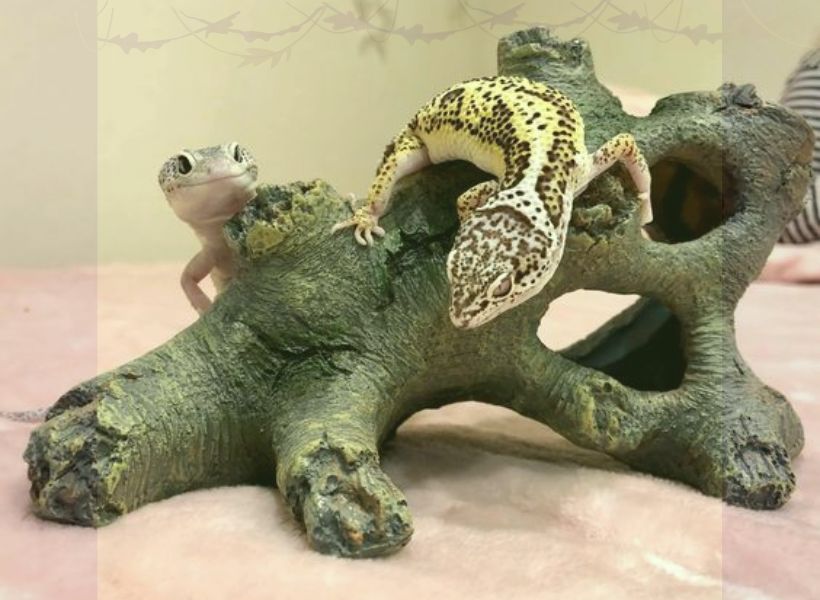
Essential Components For A Gecko Wet Hide
A leopard gecko’s wet hide requires essential components like a humid hide, moist moss, and a suitable substrate for safety and convenience. Optimal moisture levels and proper hiding space are important for reptile health and vitality.
Choosing The Right Enclosure
When choosing an enclosure, ensure it comfortably accommodates the gecko’s humid environment and offers ample room without sharp edges.
Select a suitable enclosure that allows for incorporating a moist hide for a leopard gecko and provides enough space for the gecko’s comfort.
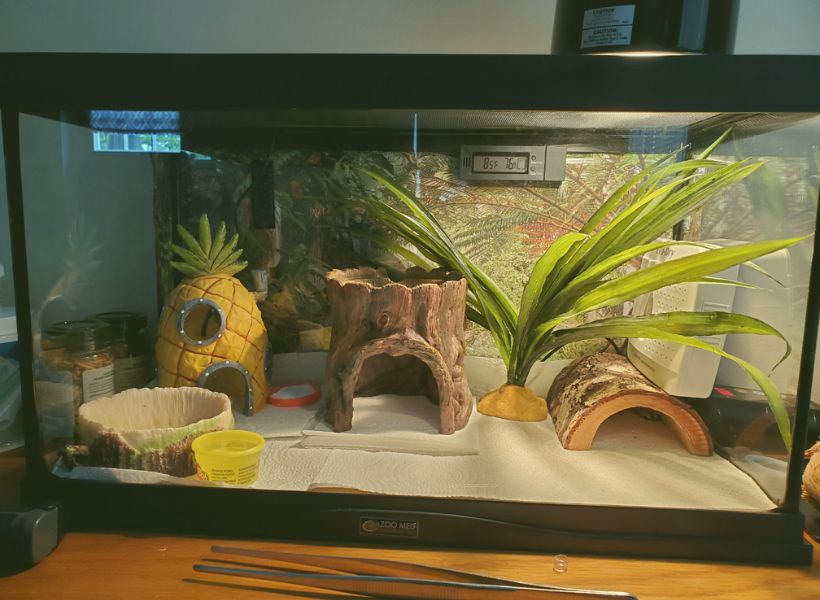

Selecting Suitable Substrate
Choosing the right substrate is pivotal for maintaining humidity levels within the gecko’s humid hide. Select a substrate that aids in moisture retention and contributes to sustaining ideal moisture levels essential for the gecko’s health and well-being.
Incorporating The Ideal Hiding Spot
Choosing a hiding spot conducive to moisture and humidity is essential for maintaining ideal moisture levels. The hiding spot should support the gecko’s humid hide and facilitate humidity maintenance, meeting the gecko’s specific humidity needs.
Providing The Necessary Moisture And Humidity Levels
Maintaining adequate humidity levels contributes to gecko good health. The gecko’s humid hide ensures optimal moisture and coldness, crucial for gecko care.
Providing essential moisture levels is vital for maintaining the required humidity in your leopard gecko’s habitat, and supporting gecko health.
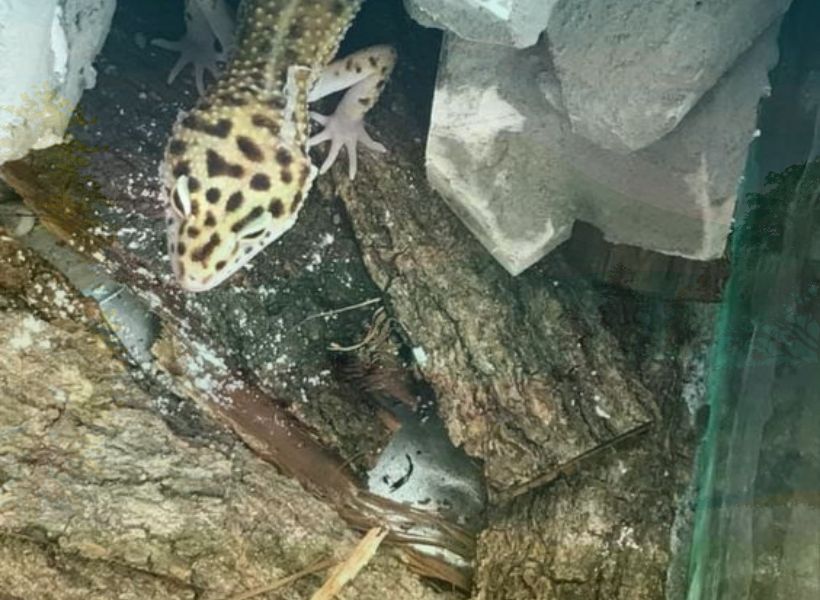
Setting Up The Perfect Leopard Gecko Humid Hide
Assemble the gecko’s humid hide with caution, ensuring coverage of sharp edges. Prioritize moisture management in the perfect gecko humid hide setup. Set up the hide to meet the gecko’s humidity needs while providing a secure hiding spot.
Step By Step Guide To Assembling The Wet Hide
Assembling the gecko’s humid hide ensures it’s free from sharp edges and maintains optimal moisture levels for the lizard’s health. Follow a step-by-step guide to cover any sharp edges, providing a safe and comfortable environment.
Tips For Maintaining Cleanliness And Hygiene
Regular upkeep ensures optimal cleanliness and hygiene for the gecko’s wet hide, contributing to its overall well-being. Consistent cleaning and maintenance are essential in upholding the proper hygiene levels within the humid hide, supporting the gecko’s health and liveliness.
Monitoring And Adjusting Humidity Levels As Needed
Regularly adjusting humidity levels ensures gecko comfort and well-being. Consistently monitor and make necessary adjustments to optimize gecko care and support their health.
Common Mistakes To Avoid When Setting Up Leopard Gecko’s Wet Hide
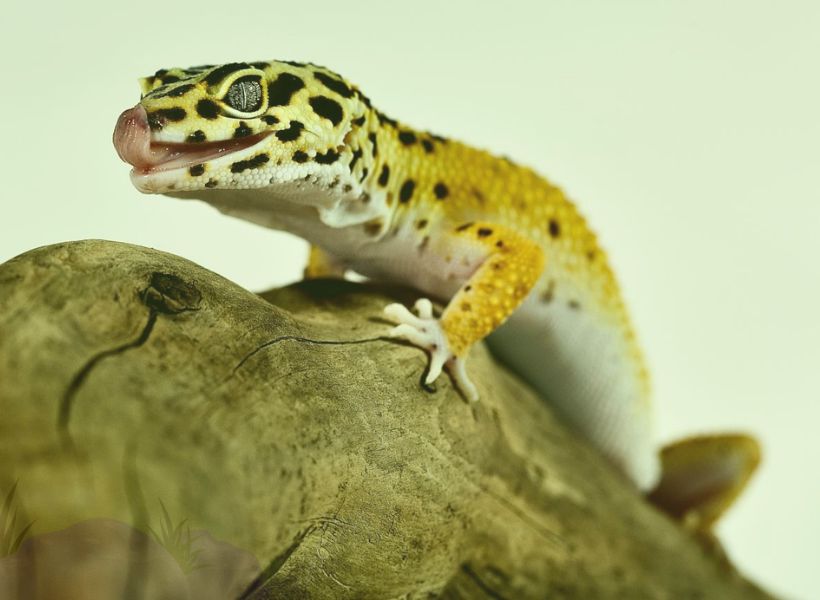
When creating a wet hide, ensure the removal of sharp edges to prevent injury. Use moisture-holding substrate for humidity, and place the hide in a warm spot for optimal temperature. Avoid overcrowding with multiple hides and for free shipping.
Best Practices For Maintaining A Healthy Wet Hide Environment: Moist Environment
Use coconut fiber or moss to maintain humidity. Every day replace moist substrate. Supply hot and cool hide for comfort. Place a paper towel for easy cleaning. Ensure adequate space for gecko movement.
Tips For Maintaining Cleanliness And Hygiene In The Wet Hide
Clean the wet hide often to prevent mold. Use safe disinfectants for cleaning. Monitor humidity to avoid excessive moisture. Replace the cage or moist substrate when dry. Position the hide away from direct light to prevent algae growth.

Monitoring Your Gecko’s Behavior And Health To Ensure Optimal Conditions In The Wet Hide
Watch for indications of the stuck shed to regulate moisture levels. Monitor gecko behavior for comfort.
Keep an eye on humidity and temperature for gecko health. Observe gecko activity to hide cleanliness. Check for any signs of skin irritation or any black spots from humidity levels.
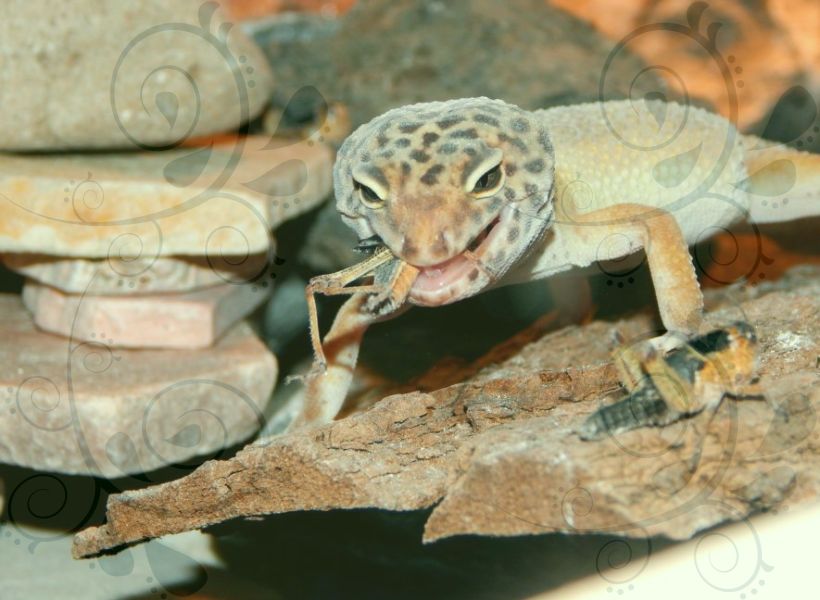
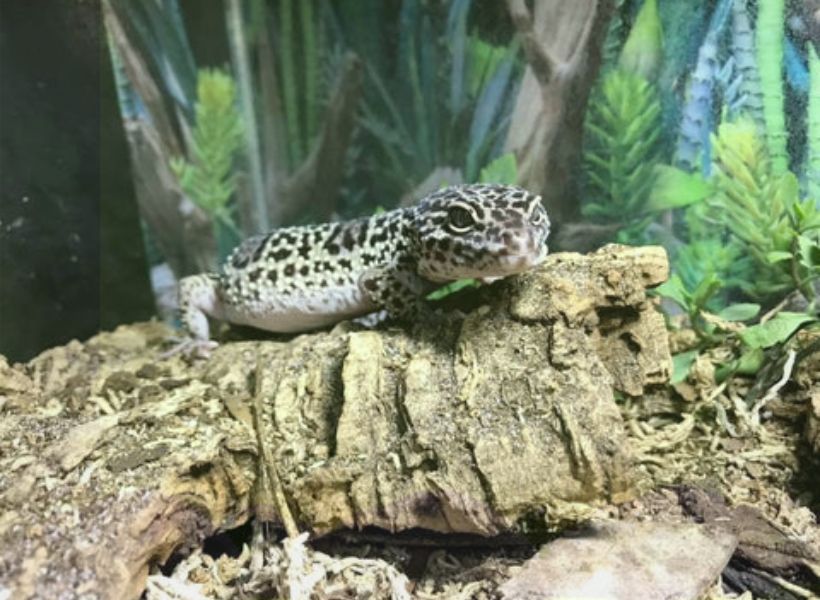
FAQ About Leopard Gecko Wet Hide
Do Leopard Geckos Need A Moist Hide?
Leopard geckos need a moist hide to maintain hydration and facilitate shedding. You can create a moist hide using a damp substrate like sphagnum moss or eco earth, placing it on the cooler side. Access to both a dry and moist hide is crucial for leopard geckos’ good health.
Should The Moist Hide Be On The Warm Or Cool Side?
Placing the moist hide on the warm side of the enclosure is recommended for leopard geckos. This allows them to regulate their body temperature while maintaining proper moisture levels. Aim for a warm side temperature of 85-90°F and a cool side of the tank temperature of 75-80°F. Regularly monitor humidity levels in the hide to ensure they are within the appropriate range.
What Is The Best Substrate For Leopard Geckos Moist Hide?
The ideal substrate to make a moist hide for a leopard gecko is sphagnum moss or coconut fiber. Avoid using sand or gravel, as they can lead to impaction if ingested. Regularly mist the substrate to maintain moisture levels and ensure proper humidity in your gecko’s enclosure.
How Do You Make A Humid Hide For Leopard Geckos?
To create a perfect humid hide for leopard geckos, start with a small plastic container with a lid. Cut a hole on the side and cover it with damp paper towels or sphagnum moss for leopard gecko hides. Place the container on the warm side of the tank to create a humid microclimate. Monitor humidity levels regularly to make your gecko happy.
How To Make A Moist Hide For A Leopard Gecko?
Creating a moist hide can be done by placing a small plastic container with a lid inside the enclosure, cutting a hole in the side of the container, and filling it with sphagnum moss or damp paper towels. Ensure it’s big enough for your gecko to comfortably enter and exit.
How Can I Create A DIY Moist Hide For My Leopard Gecko?
You can create a DIY moist hide by repurposing a plastic container or purchasing a reptile cave and making a hole in it to accommodate a moist substrate, such as sphagnum moss, and ensuring it stays humid.
Final Thought 💭
Ensuring optimal moisture levels is vital for gecko health and successful shedding. Regular monitoring and maintenance of humid hide for a leopard is essential for their well-being. Prioritizing hygiene and comfort in the wet hide is crucial for overall care.
It’s important to monitor and adjust humidity levels as needed and avoid common mistakes when setting up the leopard gecko wet hide providing the gecko a secure environment.
Follow best practices for maintaining a healthy wet hide environment and prioritize cleanliness and hygiene.

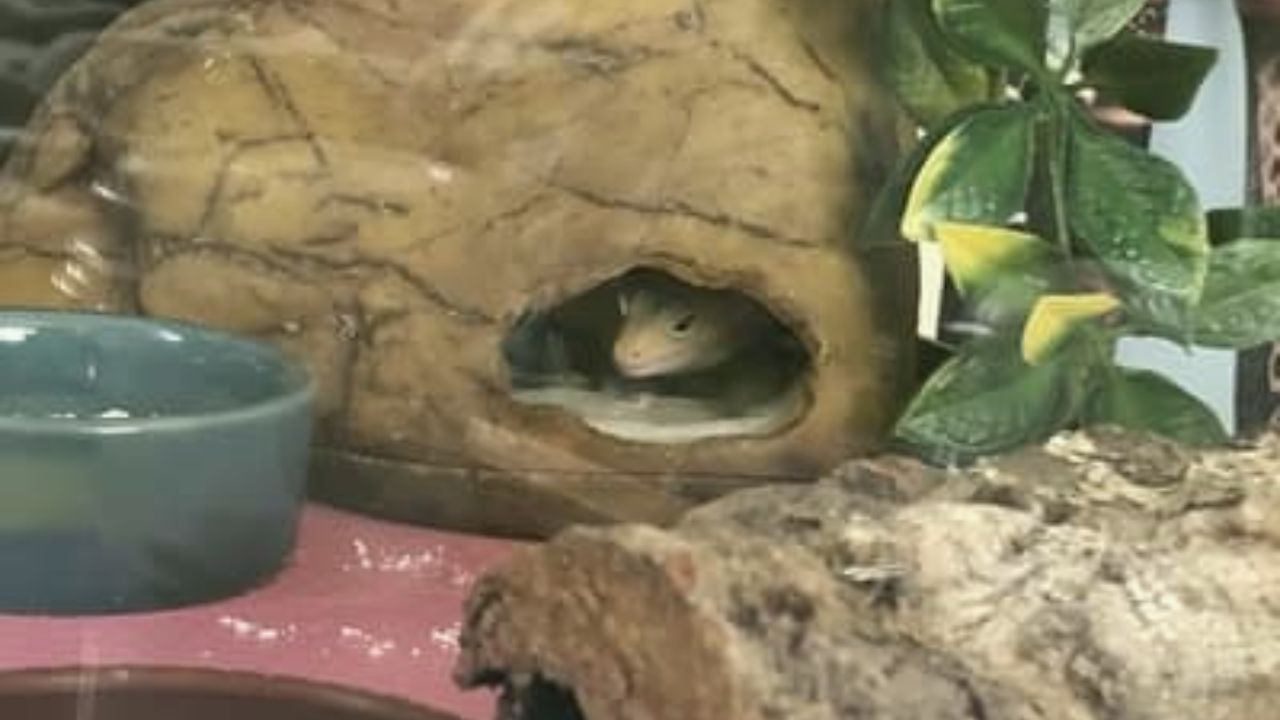

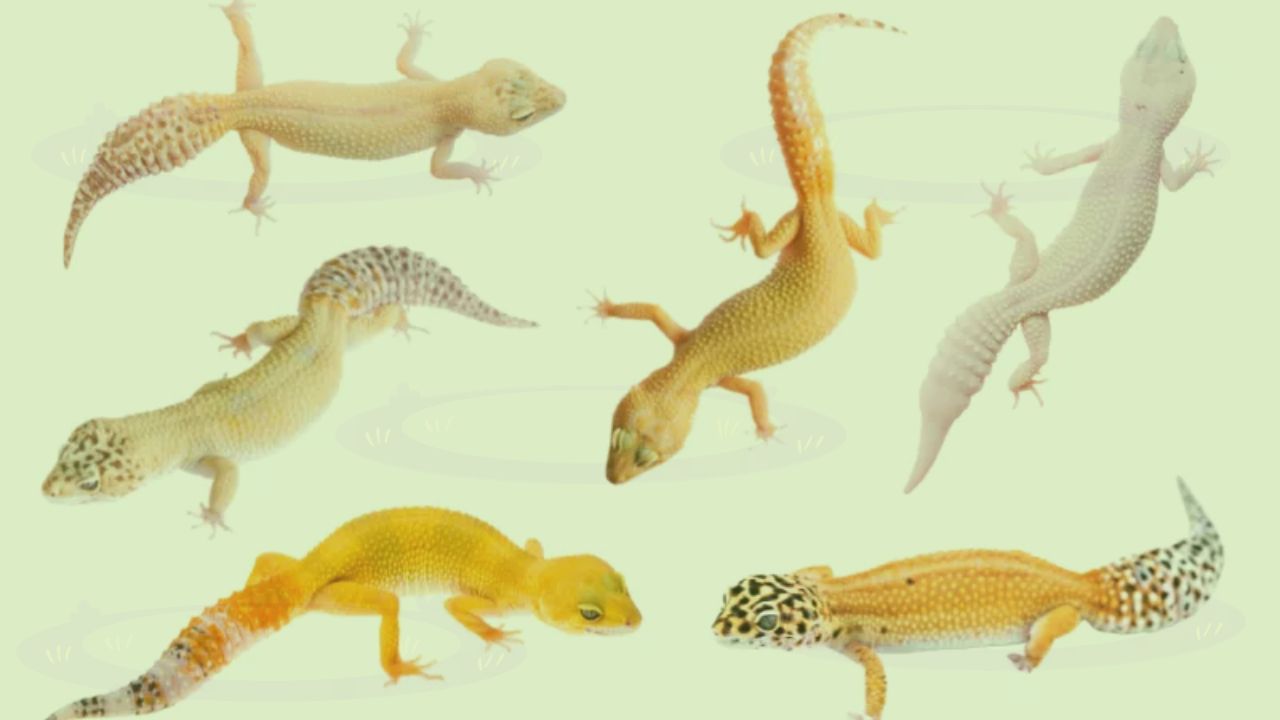

Leave a Reply